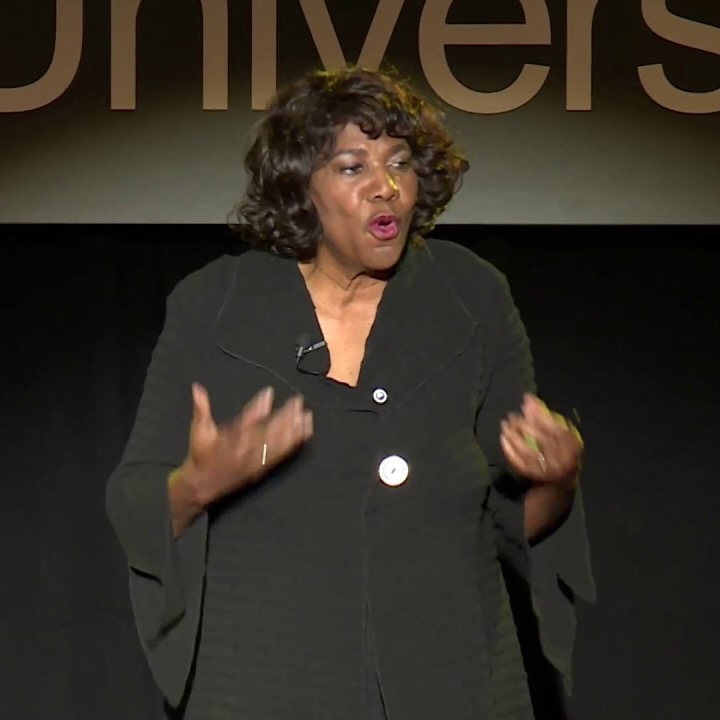Dr. Dunston is the founding director of the National Human Genome Center at Howard University, a collaboration between the National Institutes of Health and Howard University that focuses on diseases disproportionately impacting African-Americans.

Georgia Dunston, Ph.D.
Professor of Microbiology (Howard University College of Medicine)
Dr. Dunston was the first African-American student to earn a Ph.D. in Human Genetics from the University of Michigan in 1972. After earning her Ph.D., she was recruited to Howard University in Washington DC, where she did postdoctoral work in collaboration with the National Cancer Institute.
DNA contains the instructions for growth and development of all organisms, including humans. Most of the time, it exists as two long strands wrapped around each other — you might have heard of it as the “double helix”, but I think picturing it as a ladder twisted around itself is helpful.
Each strand of this twisted ladder has the full set of instructions for a whole organism, written out in an alphabet of only four “letters”: the nucleotides adenine (A), thymine (T), guanine (G), and cytosine (C). Just like writing in English, the order (or “sequence”) of the nucleotides is what determines the message — usually we call these messages “genes”, and we call the full set of all the messages in an organism the “genome”.
In 1990, scientists from around the world started The Human Genome Project. The goal was to sequence the genome of a human and create a reference that scientists could use to answer questions like:
- How many genes are there?
- How much variation is there between humans?
- How much variation is there between humans and chimpanzees? or humans and mice?
One challenge in making this kind of universal reference sequence for all people is that the human population is not genetically homogeneous. Dr. Dunston fought hard to make sure that a broad diversity of samples were included in the Human Genome Project, to better represent the variation that’s present in the human population.
In addition, she helped to found the National Human Genome Center at Howard University in 2001, which collects and studies the genome sequences of African Americans and members of other African Diaspora communities, trying to better understand why certain health problems are more common in these communities and/or why certain health problems have different symptoms for different groups of people. (Her particular interest is asthma in African Americans.)
In a recent paper, Dr. Dunston and colleagues sequenced DNA from 642 people who identified as having African ancestry from the US, Barbados, Brazil, Colombia, the Dominican Republic, Honduras, Jamaica, and Puerto Rico. A major goal of the study was to increase the diversity of genomes that we have available for study.
Additionally, they were able to estimate the amount of genetic variation that resulted from the African Diaspora and to draw some conclusions about the histories of various populations, based on looking for shared genetic variants. By comparing these genomes to pre-existing datasets of white Utahns, Yoruba people from Nigeria, and several indigenous groups in Mexico and Peru, they were able to show that different populations had different percentages of European, African, and indigenous ancestry. Furthermore, the European variants mostly were passed down from male ancestors, while the African and indigenous variants mostly came from female ancestors.